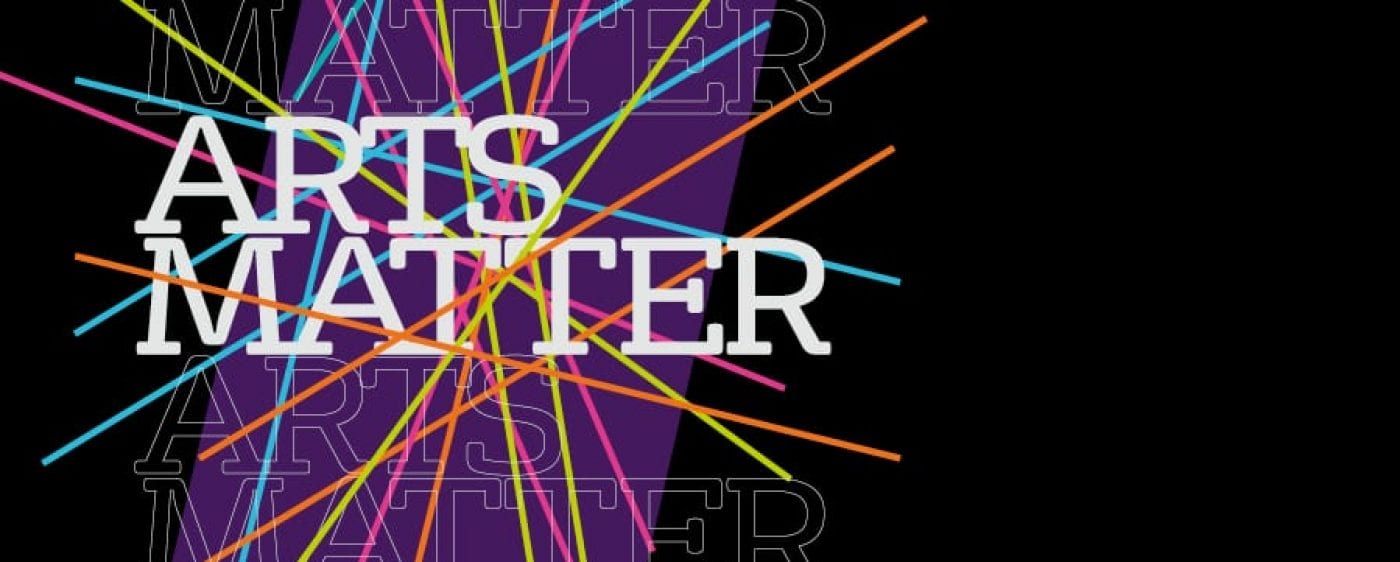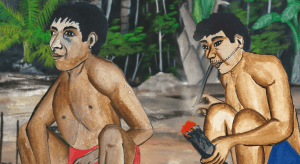National Poetry Day is celebrated every year in October, encouraging people to discover, share and enjoy poetry in all its forms. To celebrate, we caught up with Dr William Wootten and Craig Savage of the Bristol Poetry Institute.
Why do you think observances such as National Poetry Day are important?
Craig: Poetry and public days of observance in England have been connected since John Dryden was appointed to the first poet laureateship. But long before that, from Demodocus in Ancient Greece, to the Courtly poets like Ben Jonson that preceded Dryden, poetry was aligned with moments of public ceremony, both momentous and solemn. National Poetry Day catches something of that, as well as what Bristol’s mayor, Marvin Rees, said recently about the Bristol City Poet, that ‘Journalists capture facts but poets have the ability to speak to a city’s soul’ – the sense being that poetry has a role in offering a deeper understanding, a concentrated parsing, if you will, of current affairs. Which is not to say that poetry can’t also be private or intimate but to acknowledge poetry’s public face.
What role does the Bristol Poetry Institute play within the University and in the wider Bristol community?
Craig: Put simply, the Bristol Poetry Institute exists to be a voice for poetry. This may be the research, practice (in its widest sense), or reading of poetry, or any other aspect of poetry that engages communities, introduces poetry to a wider constituency, or encourages thinking about poetry. It’s our goal to collaborate and engage with our university and city communities on matters of poetry.
Some people took to new creative endeavours during lockdown, from baking and crochet to song-writing or learning a musical instrument – what advice would you give someone wanting to give poetry a try?
William: You wouldn’t start song-writing without listening to and loving a host of songs first, so I’d suggest starting out by reading and listening to as much poetry as possible, maybe learning some of your favourites by heart. Then, I would approach it as you would all the other creative endeavours you mention – as a craft. Try writing in different forms and styles, especially, but not exclusively, those used by poets you particularly like, and give yourself technical challenges. See if you can write something someone else might enjoy, but don’t fret about getting published. Philip Larkin once advised: ‘Supposing no one played tennis because they wouldn’t make Wimbledon? First and foremost, writing poems should be a pleasure. So should reading them, by God.’
Who is your favourite poet and why?
William: Different poets suit different moods and different times in one’s life, and I’ve had crazes for all manner of poets over the years, so I won’t nominate an overall favourite. This year’s craze, though, is the early twentieth-century Italian poet Guido Gozzano. Gozzano’s best poems combine beauty and melancholy in a way that can be oddly reminiscent of Walter de la Mare, whose poems I happen to be editing. They also sound modern and intimate while employing traditional forms, a combination I often like to aim for when writing poems myself.
Craig: Controversially: Bob Dylan. Because, for me, poetry is meant to be performed, to have an audience, to be a popular art, to understand the demotic language, to be as much a thing of the body as the mind, and to draw through its breath the tradition in which it exists. To me, Dylan is our Homer, our Shakespeare; the figure of the 20th and 21st century that, like those great artists I mention, reaches across high and low culture to the widest possible audience, to tell, with great range and intensity, some of the truth.
What poem do you feel could help people find solace in these strange times?
William: There’s lots of poetry being written explicitly addressing lockdown and the corona virus, for instance the poetry at https://poetryandcovid.com/. But in poetry as in life, it is nature and love that tend to solace most:
Thanks to the human heart by which we live,
Thanks to its tenderness, its joy and fears,
To me the meanest flower that blows can give
Thoughts that do often lie too deep for tears.
That’s the close to William Wordsworth’s ‘Ode: Intimations of Immortality’, a poem and a poet to turn to in a crisis.
This year marks the 250thanniversary of the death of Thomas Chatterton, a Bristol-born poet who died at just 17. What impact did Chatterton have on Bristol, and what’s the most intriguing fact you’ve learned about his short life?
Craig: Chatterton embodied for the Romantics that collision of prodigious talent and prodigious tragedy that has come to represent the Romantic Poet and the Romantic genre in general. I’m not a Romantic scholar but I would guess that Chatterton’s Bristol association must have added significance, for Wordsworth and Coleridge, to their publication of Lyrical Ballads in Bristol in 1798 – which is to say that Chatterton laid the groundwork for Bristol’s incredible Romantic heritage. It’s not a fact, but the most intriguing thing I’ve learned about Chatterton is his connection to St. Mary Redcliffe and the fantastic opportunities that site offers to engage with the history of Chatterton in Bristol. One great way to do this, especially around National Poetry Day, is to download the Romantic Bristol app from our website. The app, developed by our colleagues Professor Ralph Pite and Dr Rebecca Hutcheon, maps out, for example, a self-guided walking tour around Redcliffe of Bristol’s Chatterton heritage.
For anyone interested in finding out more, how can they get involved with the Institute?
Craig: We regularly offer poetry events. For National Poetry Day we have Poetry Karaoke and then, in November, we have our Annual Reading, which will feature American poet Claudia Rankine and Bristol’s former City Poet Vanessa Kisuule. Aside from our events, we’re keen to hear from those working with poetry – schools, community organisations, poets, poetry academics – and to engage in a dialogue with them about how we might collaborate.




